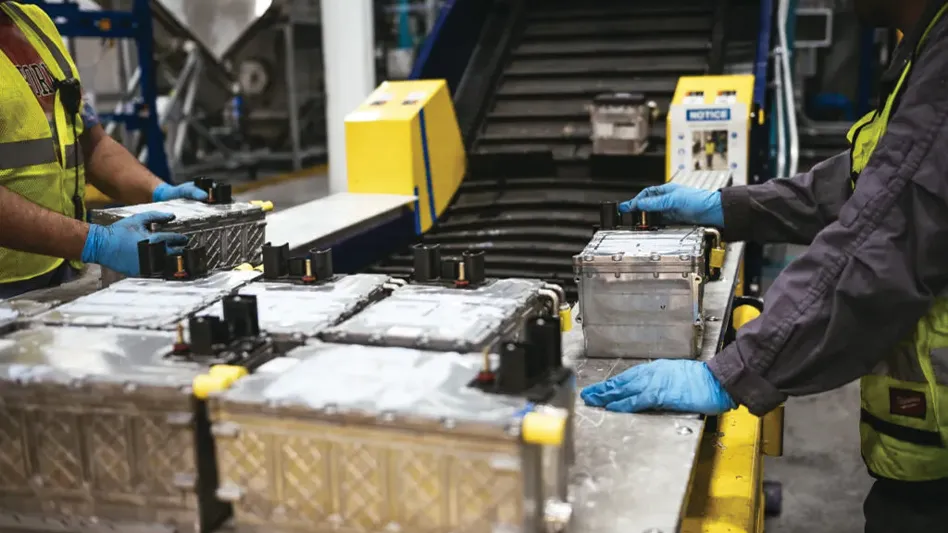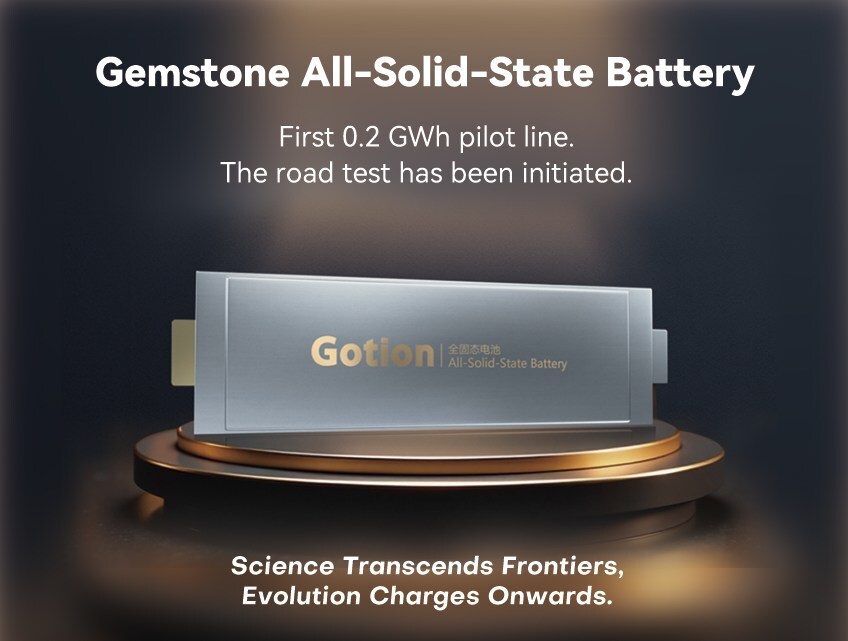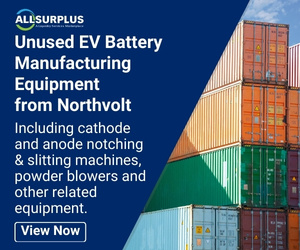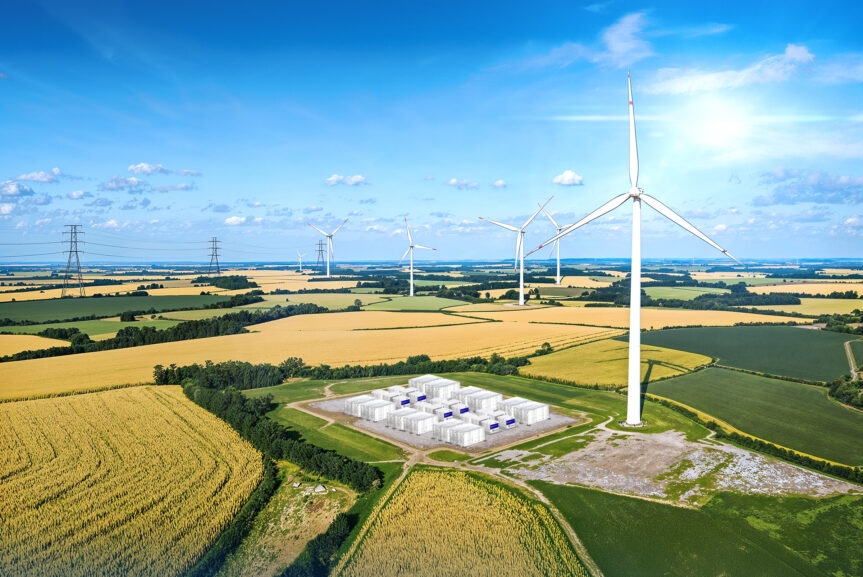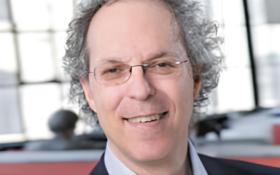Battery manufacturing and recycling firm, American Battery Technology Company (ABTC), of Reno, Nevada, has demonstrated a fixed duration operation of its commercial-scale lithium-ion battery recycling facility. It said it achieved a steady-state throughput of more than 115% of its maximum design rate.
At full production capacity, the facility was originally designed to process 20,000 tonnes of battery feedstock per year. The company credit the increased rate to the impact of process enhancements implemented during the commissioning of the facility.
Ryan Melsert, CEO of ABTC, said: “One of the key advantages of commercialising an internally-developed technology is that the team members have a fundamental understanding of every unit operation within the processing train. This allows them to be constantly evaluating the data and operating conditions from the facility in real-time and continuously enhancing the operations, both through incremental day-to-day as well as step-change disruptive improvements.” The facility now moves to 24/7 operations.
The company’s recycling facility uses an integrated set of recycling processes that utilise a deconstruction process combined with a targeted, selective hydrometallurgical process. The company claims the system is agnostic to feedstock form factors and is able to process lithium-ion batteries and manufacturing scrap of various sizes and shapes with a wide range of internal chemistries.
The first phase of the recycling process produces recycled products that include copper, aluminium, steel, a lithium intermediate and a black mass intermediate material. The integrated second phase further refines the materials into battery-grade nickel sulphate, cobalt sulphate, manganese sulphate and lithium hydroxide.
The second phase is being implemented at the plant, where the lithium intermediate from the first phase will be further refined into a battery grade lithium hydroxide product. Additionally, the black mass intermediate material will be further refined into battery grade nickel, cobalt, manganese and lithium hydroxide products.
The company’s battery recycling technologies were developed in-house. Many of the team were formerly part of the Tesla gigafactory design and engineering teams.

